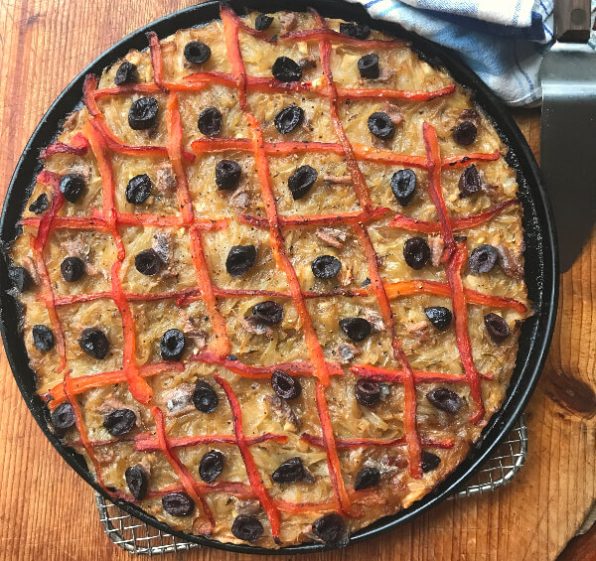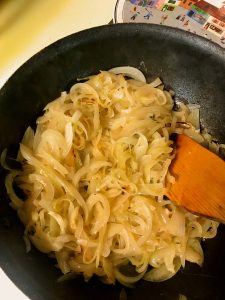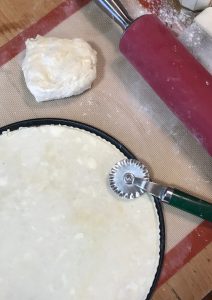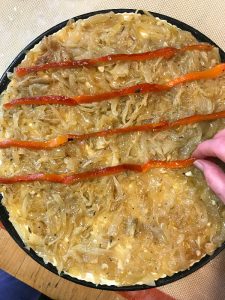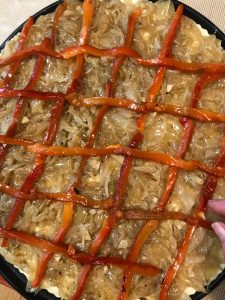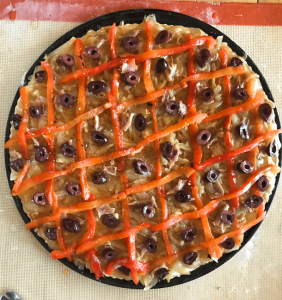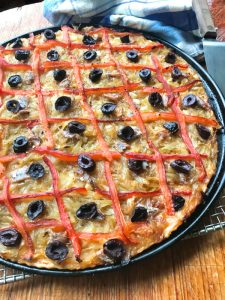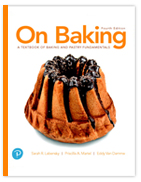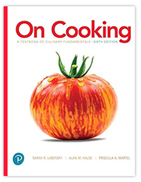A specialty of Provence in France, pissaladière is an onion tart topped with interwoven strips of red pepper, anchovy fillets and olives. Most of us adore its slightly sweet and salty flavor. (When I bring pissaladière to our boules parties, it’s the first thing that gets gobbled up.)
There is nothing difficult about making this dish but a few astuces (tips) will ensure that your pissaladière is crisp not soggy.
Some pointers:
The tarte consists of a layer of gently sautéed onions flavored with garlic and thyme. Take your time and slice the onions thinly. They’ll cook more evenly and be easier to eat after cooking.
Let the onions cook doucement (gently). You’ll be astonished by the amount of liquid that seeps out of the onions as they cook. Slow cooking ensures that all that moisture evaporates without scorching the onions. You can see how deeply colored the onions get after slow cooking. But not exactly browned.
Many in southern France make the tart with pizza dough. (Most of the old French cookbooks we have from Provence call for pâte à pain or bread dough.) An early culinary idol, Chef Roger Vergé, makes his crust with equal parts olive oil and water. I’ve tried both. But I have found a flaky butter pastry produces crowd-pleasing results. (This is the same dough, with a few minor adjustments that I use for fruit tarte and pies.)
To get a perfectly round tart, use a round pan to trace out a neat circle of dough.
Before baking, have fun decorating the surface of the tart with thin strips of roasted red pepper. The first time you make a pissaladière, roast more than one red bell pepper. You really don’t know how many you will need although I always seem to have leftover pepper strips to put on salad another day.
Lay the strips of pepper out in one direction then the other. This gives a nice lattice effect. And you can juggle where a shorter (or longer) piece of pepper will fit.
Here is the tart before baking.
Here is the beauty after baking, thin and crisp.
You might be tempted to cut the tart into wedges. I never do. Instead cut it into neat squares so that everyone can have more than one piece.
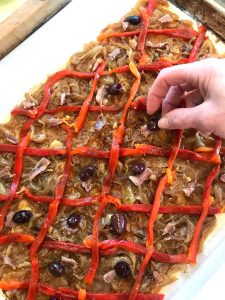 And sometimes I make the tart in a rectangular shape, that much easier to cut into neat squares.
And sometimes I make the tart in a rectangular shape, that much easier to cut into neat squares.
Kitchen Notebook
Along with eggs, I’ll be taking anchovies to my desert island. Their saline taste and flavor-enhancing qualities make so many foods sing –in tomato sauce, bean dishes, salad dressing and creamy sauces for chilled vegetables. Please make certain your anchovies are fresh. To do so purchase them in glass jars so you can see that they have a nice red color. Dusty brown or gray anchovies will taste like nothing more than dead fish.
You’ll notice that I used a round black pan for this recipe. It is made from black steel and is used for roasting or pizza. It helps the tart develop an evenly browned crust. I’ve baked pissaladière on a round clay platter from Emile Henry and on a baking sheet too. Any of these work.
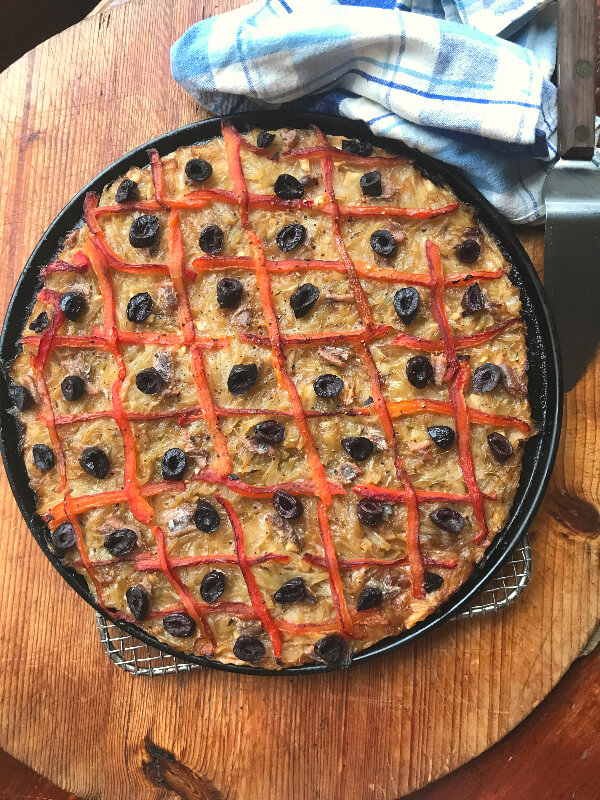
Ingredients
2 tablespoons extra virgin olive oil
2 pounds peeled onions, about 4 large, thinly sliced
1 teaspoon minced garlic, about 1 clove
2 teaspoons fresh thyme leaves or 1/2 teaspoon dried thyme
Fine sea salt
Freshly ground black pepper
1 large red bell pepper (or 2 if you have a smallish one)
Jacques’ Fast Flaky Pastry for Pies and Tartes half batch
about 20 filets of anchovy
1/2 cup black olives, pitted
5 fresh thyme sprigs, optional
Directions
- Heat the olive oil in a large non-stick pan over medium heat. Add the onions, garlic, and thyme, cover the pan and reduce the heat to low. Cook for 10 minutes. Remove the cover and stir the onions. Cover the pan and cook the onions another 20 minutes until they are completely cooked through and soft. Remove the pan from the heat and cool completely before proceeding.
- While the onions are cooking, prepare the roasted red pepper. Place the pepper directly on a gas burner set to medium. Cook the pepper until the skin chars. This may take from three to four minutes. Using tongs or a long fork, turn the pepper and continue cooking it on all sides. The skin will blacken all over and bubble. Place the roasted pepper in a paper bag. Seal it tightly and let it cool for 10 minutes. Once the pepper has cooled, open the bag and peel the pepper under cool running water. Remove the stem and seeds then cut the pepper into strips, 1/3 inch wide. Set it aside.
- One hour before baking, put the oven rack on the second shelf from the bottom of the oven and place the pizza stone on the rack. Preheat the oven to 450°F.
- Place the Flaky Pastry for Pies and Tartes on a lightly floured work surface. With a lightly floured rolling pin, roll the dough into a round approximately 12 inches in diameter or the size of your pan. Trim the edges evenly using a rolling pizza cutter or paring knife to the size of your baking pan.
- Place the disk of dough onto a sheet of parchment cut to fit the pan you are using.
- Evenly spread the cooked onions over the surface of the dough right up to the edge. Starting from one side, lay the red pepper strips end-to-end in a diagonal line across the center of the pan. Lay another line of red pepper strips parallel to the first spaced about 2 inches apart. Continue in this direction until the dough is covered with 6 or 7 parallel lines of roasted red pepper strips. Turn the pan around 180 degrees and repeat this pattern in the opposite direction.
- Use the anchovy filets to make cross marks in several of the diamond spaces. Dot the center of each diamond with a half black olive. Scatter the fresh thyme sprigs over the pissaladière.
- Place the pissaladière on the heated baking stone in the oven. Bake it until the crust is golden and firm and the onions are lightly browned, for about 45 to 50 minutes.
- Remove the pissaladière from the oven and place it on a wire rack to cool slightly then slide it from the pan onto a cutting board. To serve, with a long sharp knife, cut the pissaladière into 2-x 3-inch squares.
Notes
Peppers can be roasted under the broiler. Simple place the pepper(s) on a sheet tray lined with aluminum foil. Place the pan under the broiler. Cook until the skin blackens. Turn the pepper(s) until the skin is evenly blacked and charred on all sides.

